A Comprehensive List of Fuel, Diesel and Lube Oil Tanks on a Ship
A ship is a massive storage floating structure which is primarily used to store and transfer liquid or dry type of cargo from one port to another. A ship requires tonnes of oil- both fuel and lubricating, along with water so that its propulsion and other auxiliary systems can operate efficiently.
In order to store different types of oils and water, the ship is designed and constructed with several tanks. These tanks help to store fuel oil, lube oil, hydraulic oil, drinking water, fresh water, ballast water etc.
The size, number, type, and location of the tanks depend on the following factors:
- Size and type of the ship
- Propulsion plant, auxiliary engines type and design of other machineries.
- Area of voyage
Tanks are spread all over the ship from forward to aft and port to starboard. Different types of tanks present on the ship are:
Fuel & Diesel Oil Tanks:
Bunker tanks
These are the biggest tanks in terms of capacity present on board a ship. They are used to store fuel and diesel oil received in bulk after bunkering. The locations of bunker tanks are normally outside the engine room and they are generally a wing or double bottom tank. Low sulphur oil and marine gas oil is bunkered in separate dedicated bunker tanks to avoid mix up of fuel.
Settling tanks
Generally, more than two settling tanks are present and located on a ship as part of the bulkhead of the engine room. Oil from the bunker tank is transferred into the settling tank. The diesel oil settling tank can be located as double bottom tank in the engine room. Settling tank for low sulphur oil and marine gas oil is kept separate from other fuel oil.
Service tanks
Service tanks onboard ships are used to store and supply treated oil to main engine, auxiliary engine and boilers. The number of such tanks can be one or more. Fuel oil and diesel oil service tanks are normally located as a part of the bulkhead of the engine room. Low service fuel oil (L.S.F.O) and marine gas oil (M.G.O) tanks are dedicated tanks to avoid mix up.
Over flow tank
Over flow tank is provided for both fuel and diesel oil system in the engine room for collecting the overflowed oil from bunker tank. Return lines and leak off lines may also be connected to overflow tank. It is a normal practice to have a common overflow tank for high and low sulphur system.
Emergency generator diesel oil tank:
Fuel for emergency generator is supplied form a separate diesel oil tank with capacity derived by the regulation given in SOLAS. The location of the tank is in the emergency generator room which is outside the engine room.
Lubricating oil tanks
It is almost impossible to think of any machinery operating without the use of lubricating oils. For this reason, various grades of lube oils are stored onboard ship. Different lube oil tanks present on board ship are:
Main Engine Crank Case (M.E.C.C) Oil Tank
The Main engine crank case oil is stored in one or more tanks and low sulphur system oil is kept in separate tanks. There are no other settling or service tanks in lube oil system and oil is taken directly from the main tank.
Main Engine Cylinder Oil Tank
The main engine cylinder oil is used inside the combustion chamber between the piston and the liner, and is stored in the cylinder oil tank. The bulk oil is bunkered directly into these tanks. The low sulphur oil is kept separate in different tanks.
Main Engine Cylinder Oil Daily Tank
The daily tank is located in the engine room and the oil is transferred from the storage tank to this daily tank. The capacity of daily tank is kept as per the main engine cylinder oil daily consumption.
Main Engine Turbocharger Oil tank
If the main engine comprises of a turbocharger system with forced lubrication, a turbocharger lube oil storage tank is provided.
Maine Engine Turbocharger Daily Lube Oil Tank
A daily oil tank is provided in the engine room. Oil as per the daily consumption of the turbo charging system is transferred from the storage tank.
Auxiliary Engine Lube Oil Tank
Auxiliary engine are 4 stroke engines and no separate cylinder lube oil is used. Therefore, only auxiliary engine main lube oil is bunkered and kept in storage tank. One or more tanks may be present as per the ships requirement.
Do you have info to share with us ? Suggest a correction

About Author
An ardent sailor and a techie, Anish Wankhede has voyaged on a number of ships as a marine engineer officer. He loves multitasking, networking, and troubleshooting. He is the one behind the unique creativity and aesthetics at Marine Insight.
Latest Marine Technology Articles You Would Like:
- 10 Harmful Effects Of Impure Air On Ship’s Machinery
- 10 Important Things to Check While Starting Fuel Oil Purifier on Ships
- 10 Noteworthy LNG-Powered Vessels
- 10 Points for Efficient Turbocharger Operation On Ships
- 10 Practical Tips to Handle Engine Room Pumps
- 10 Precautions to Take Before Operating Controllable Pitch Propeller (CPP) on Ships
Subscribe To Our Newsletters
By subscribing, you agree to our Privacy Policy and may receive occasional deal communications; you can unsubscribe anytime.



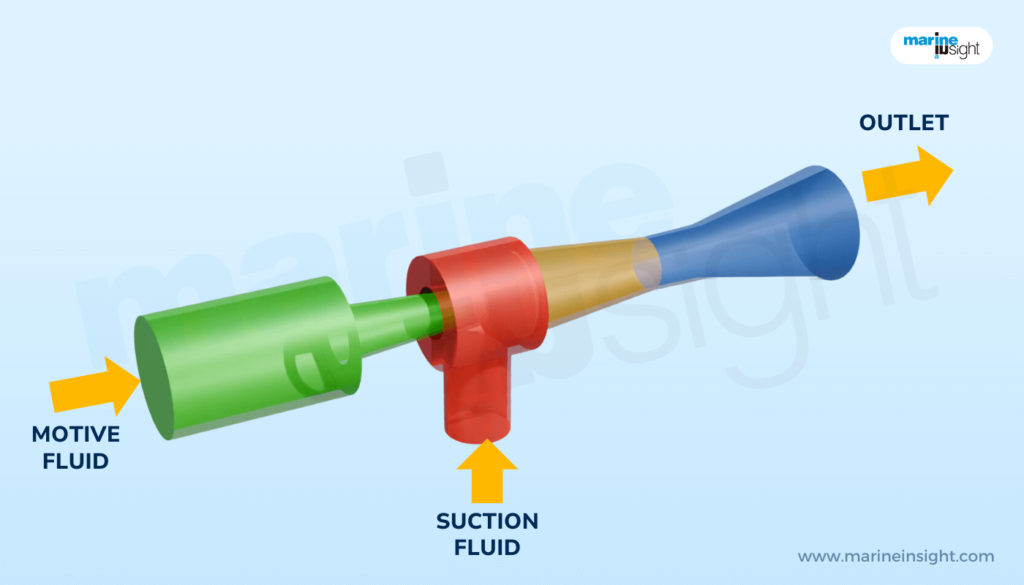
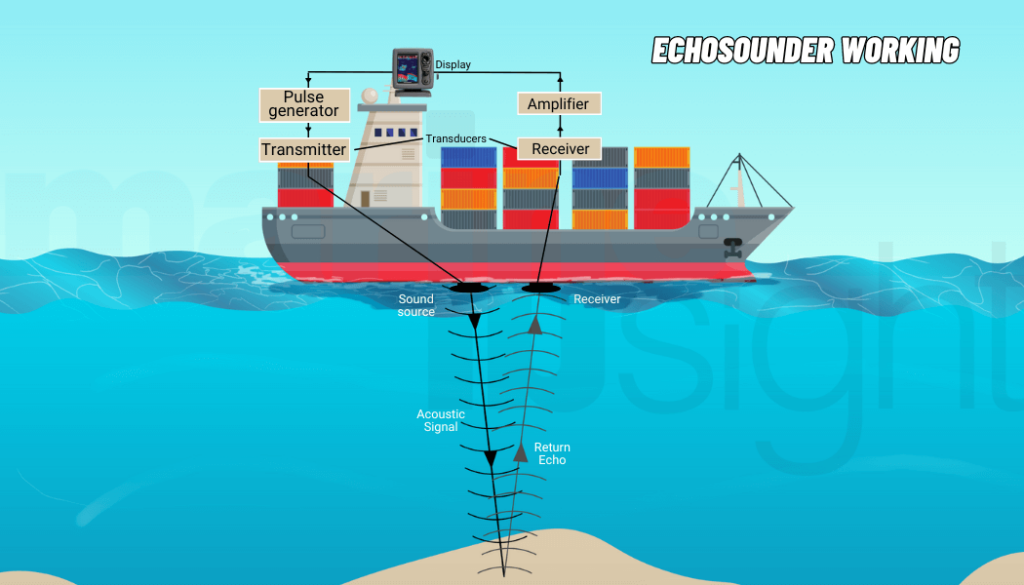
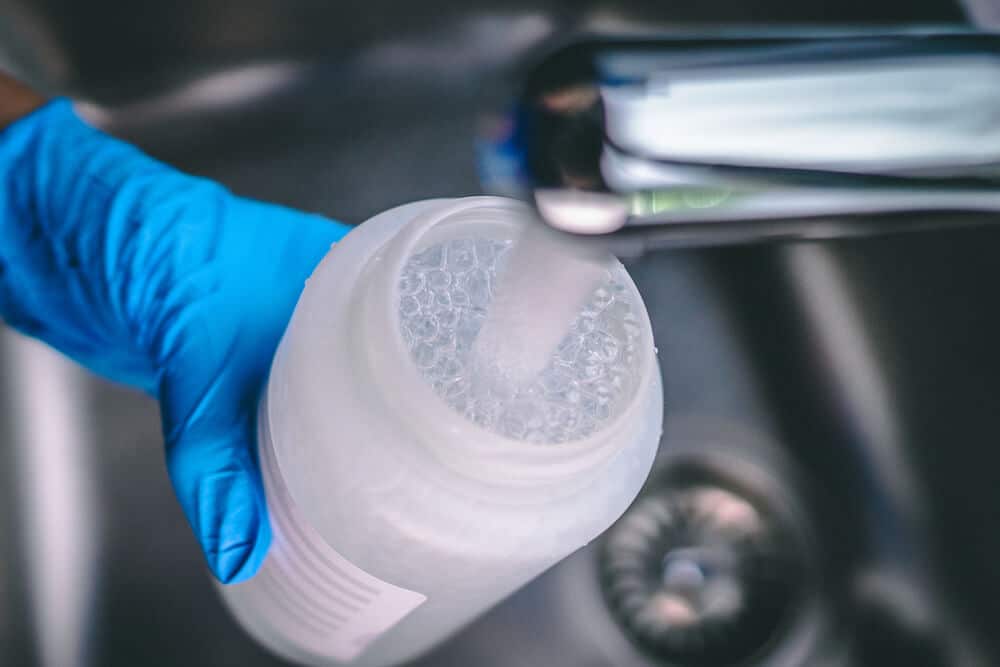
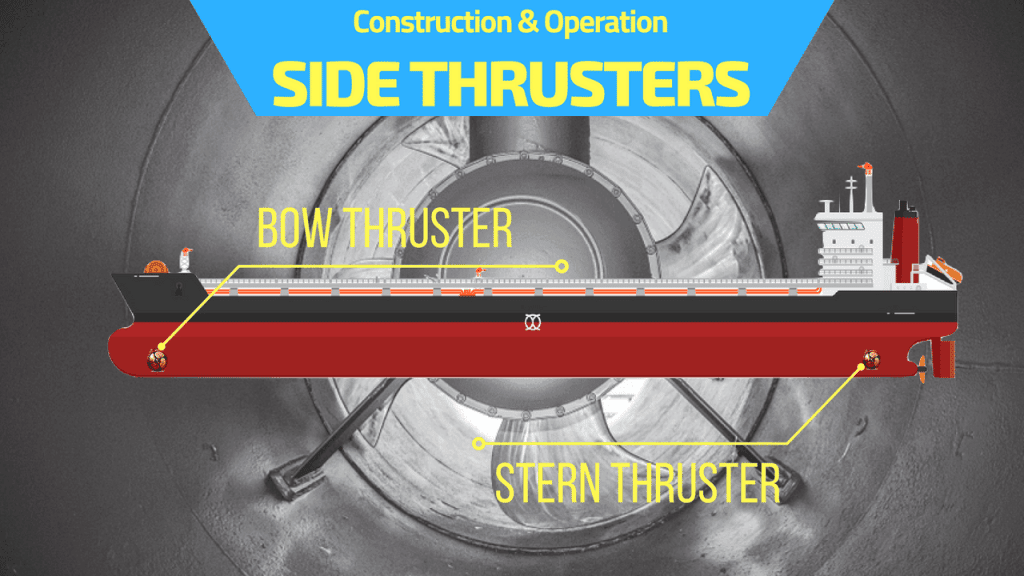
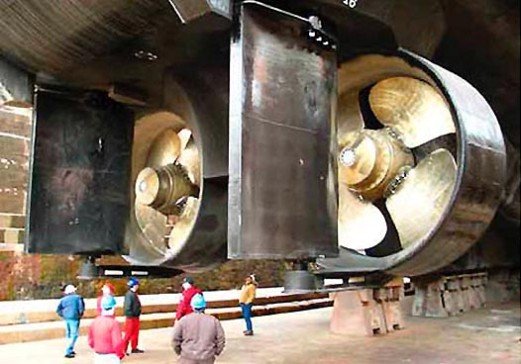
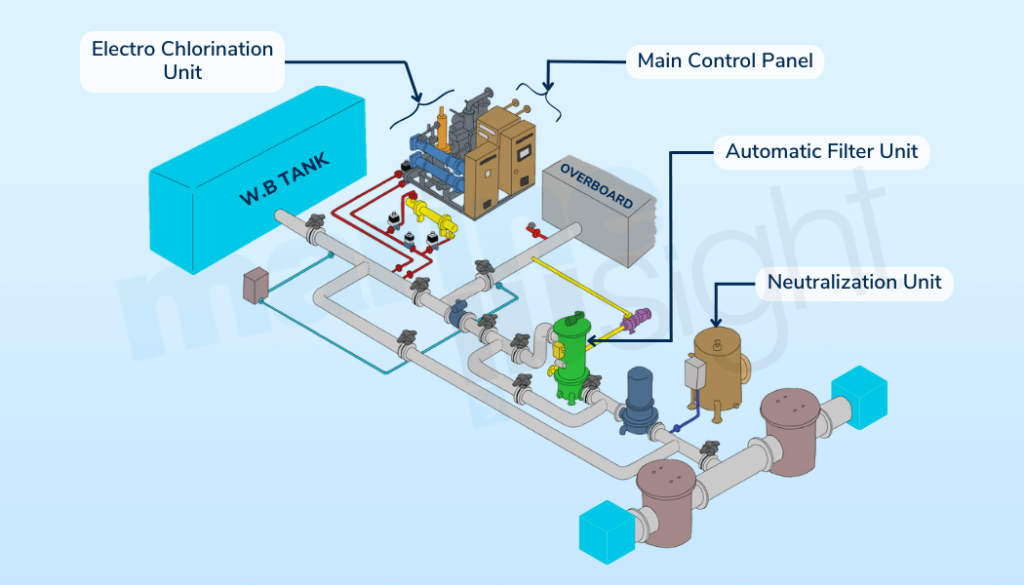
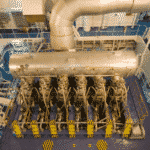
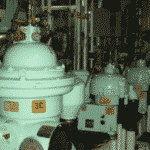
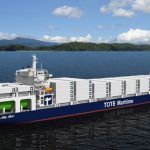

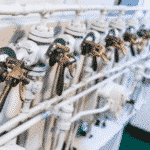


great i need this alot thanks …….
wow thanks a lot sir..
Good Day to you,
I encountered a fuel oil off spec scenario in a container vessel, what area should I look into if the off spec of the FO supply has already been eliminated.
Thanks
Joe
Hi Joe,
There aren’t much options left with you!!! First thing is to call office and ask for the records. (They must be having it) and immediately do the on board test for fuel oil.
If you are currently using the FO, monitor the performance of the engine specially the fuel system i.e. fuel pump , injector , viscometer settings etc. Exhaust emission to be checked for any abnormal signature.
HI,
Is there a SOP for the C/E to prompt test the bunker recieved upon bunkering of FO?
Thanks
Joe
Hi Anish. I wanted to ask you if diesel tanks can be located directly under the main engines and the diesel alternators of a 75mts patrol ship. Does ABS allow that?
Fuel Tanks are not allowed to locate below Main Engine and Alternators.
Anish,
What is your contact? Please answer to my e mail.
Miguel real
You can contact me through email- anishw@marineinsight.com
Can anyone assist me, like to know the fuel tank capacity for a sand cargo vessel of 15000 tonne? U can write to my email 3668tyson@gmail.com. Thanks
To pressure test cylinder lube oil storage tank in engine room of the cargo vessel what pressure is used?
What if service tank overflows when refueling?
It goes back to settling tank.
In Sharjah, Al Hamriya, UAE there is a fuel storage tank for sale.
The cubic meters of the fuel tank is 300,000 capacity where petrol, Diesel, Gas, Naptha are stored.
The price is 120 M Dollars which can be negotiated if any genuine buyers.
The current Owners had leased to leading Fuel Companies.
100% Secured, owners are Financially in Stable.
Current leasing Rate is $5 per CBM. They are earning net $1.5Million
Who ever buys this storage tank can do their trading on fuel then the net ROI will be depends on their trading
Also note they have access to the port directly and have capability to discharge 100K Ton ship in 36Hrs.